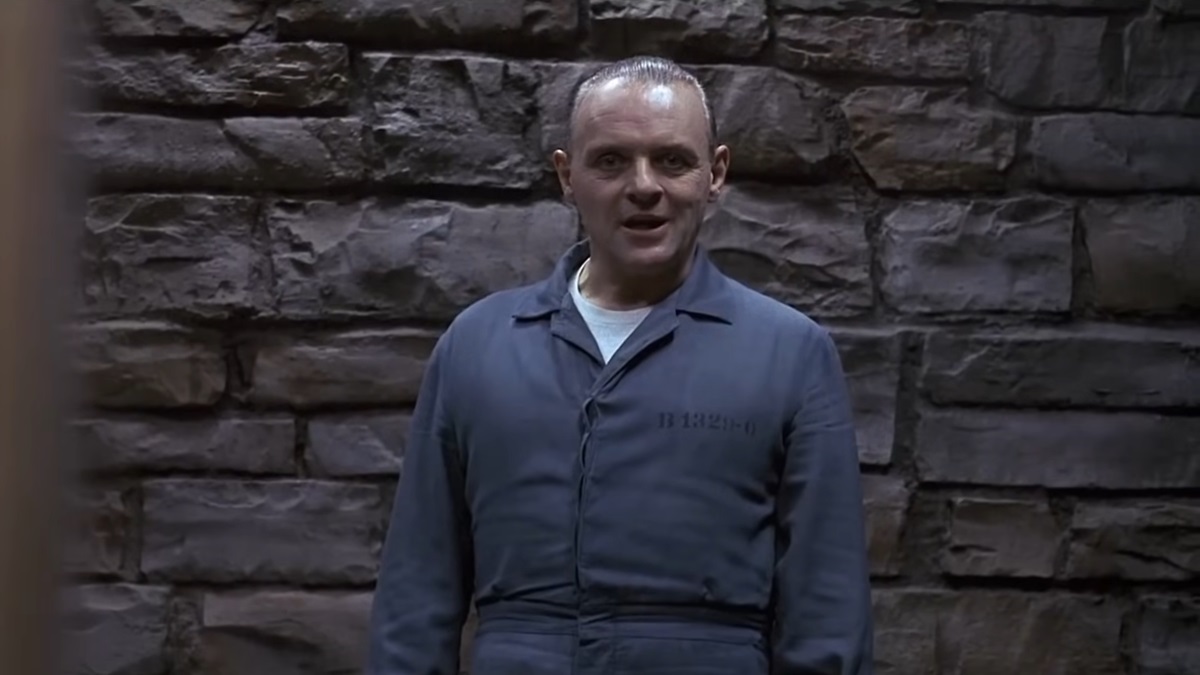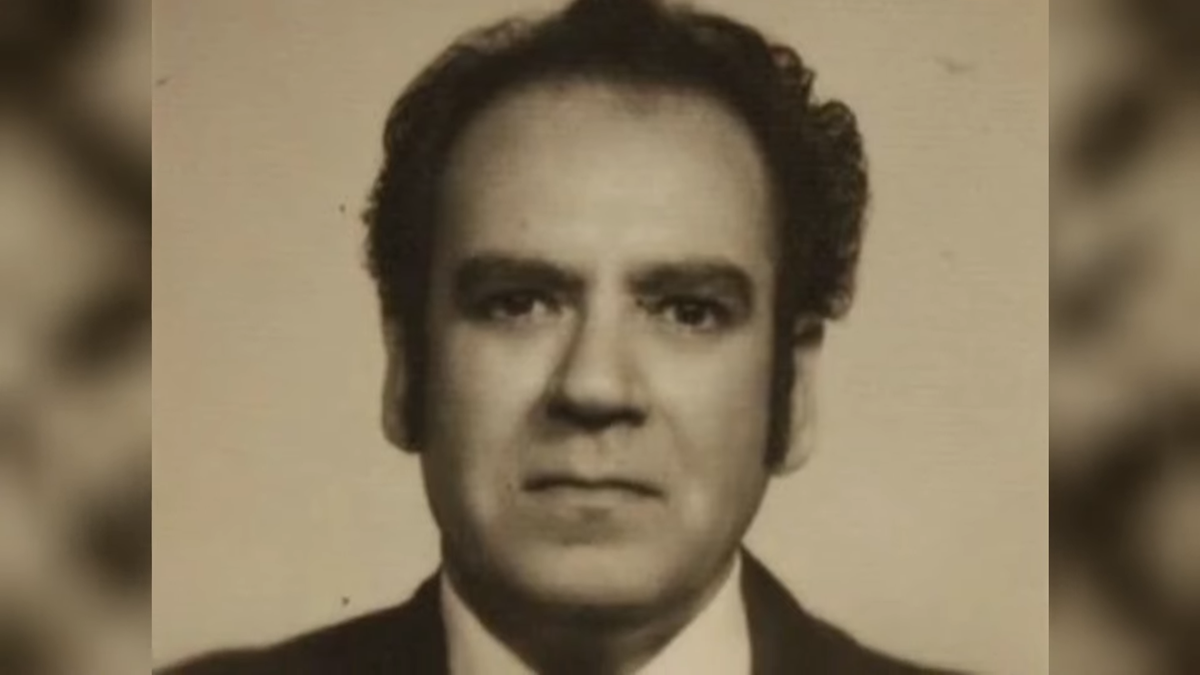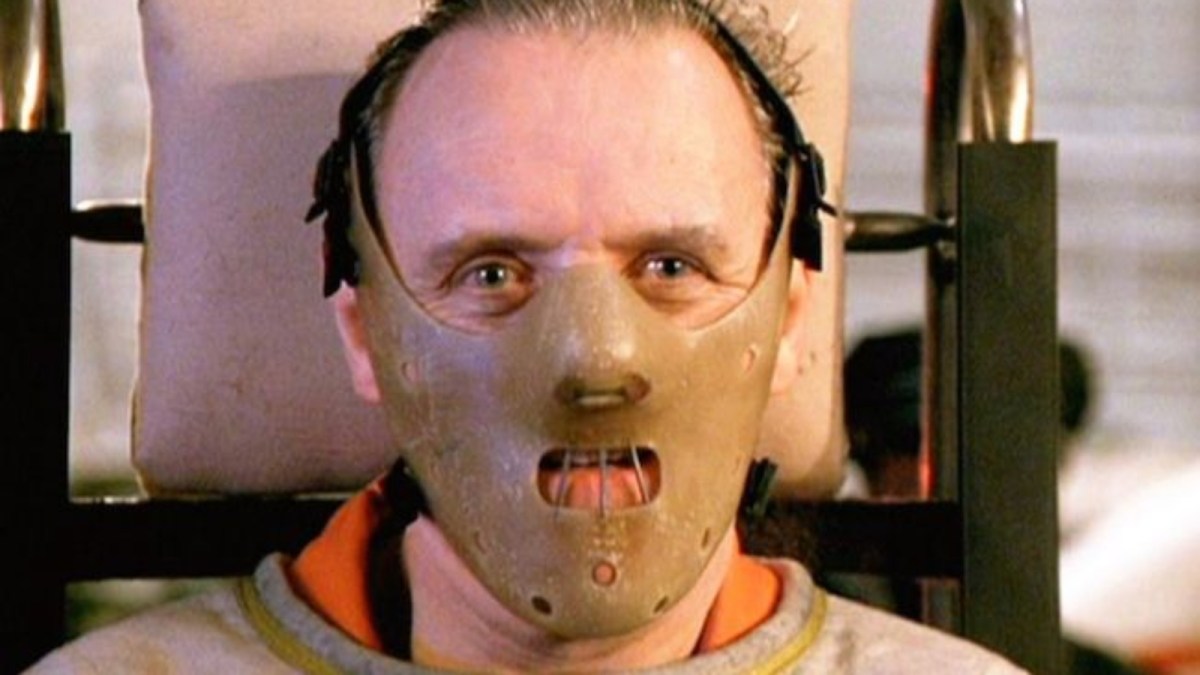Dr. Hannibal Lecter is one of the greatest fictional villains of all time. The forensic psychiatrist and cannibalistic murderer first appeared as a side character in Thomas Harris’ 1981 novel Red Dragon and had a larger role in 1998’s The Silence of Lambs.
The Silence of the Lambs was adapted into a movie in 1991 wherein Anthony Hopkins brilliantly portrayed the role of the psychotic doctor. His nuanced performance coupled with his chilling demeanor earned him an Oscar for Best Actor in a Leading Role at the 65th Academy Awards. Despite bringing to life countless characters, Hopkins said that Lecter is still “one of the best parts” he’s ever read.
Hopkins was drawn to the character from the moment he read the first scene in the script with Lecter in it, and he immediately knew how he’d play the part. “I could understand Lecter. I could understand the mystery of the man, the loner, the isolated voice in the dark, the man at the top of the stairs who’s not really there,” the actor said in an interview.
Harris has always been private and has granted only a handful of interviews since his debut as an author. One of those interviews was in 2019, and in it, he revealed the fact that his novels and characters aren’t the result of his imagination. “I don’t think I’ve ever made up anything. Everything has happened. Nothing’s made up. You don’t have to make anything up in this world,” he stated. It’s an unsettling statement, considering Hannibal Lecter is a disturbing character.
The inspiration behind Hannibal Lecter

In 2013, a 25th anniversary edition of The Silence of the Lambs novel was released, and the new introduction by Harris revealed his inspiration for Hannibal Lecter’s character. In 1963, 23-year-old Harris worked as a journalist for Argosy magazine, and he was sent to a prison in Mexico to interview American inmate Dykes Askew Simmons for an assignment.
Simmons was sentenced to death for the murder of three people. Their conversation turned to the time when the inmate bribed a prison guard to give him a gun and leave one of the doors unlocked so he could escape. When Simmons gave the guard the money, however, he quickly discovered the door was still locked. The guard took the money and shot Simmons. Fortunately, a prison doctor was able to patch up his wounds and save his life.
Harris asked the warden about the doctor, and he was brought to the prison’s medical office. There, he met a man he called “Dr. Salazar” and he asked him questions about how he treated Simmons’ gunshot wounds. But then, the doctor, whom Harris described as having an elegant air about him, started asking him pointed questions about how he felt when he interviewed Simmons and how the inmate behaved during the interview.
They even delved into Simmons’ past and how he may have been tormented as a child. “You are a journalist, Mr. Harris. How would you put that in your journal? How do you treat the fear of torment in journalese? Might you say something snappy about torment, like ‘It puts the hell in hello!’?” the doctor asked. Their conversation was cut short when a guard knocked at the door and told Dr. Salazar that his patients had arrived. Harris thanked the doctor for his time and even extended an invitation to reach out to him if he ever found himself in Texas, to which Dr. Salazar replied, “Certainly I will, when next I travel.”
As Harris was headed out, he asked the warden how long Dr. Salazar had worked in the prison. The warden seemed bewildered by the question and asked, “You don’t know who that is?” It turned out Dr. Salazar was also an inmate at the prison, and patients would visit him to get medical treatment.
Years later when he was working on The Silence of the Lambs, he needed a character who understood the inner workings of a criminal’s brain, and he thought of Dr. Salazar as he fleshed out the character of Dr. Hannibal Lecter.
Who was Dr. Salazar?

Harris purposefully left out Dr. Salazar’s real name, but curious reporters were able to identify him as Alfredo Ballí Treviño, who was known by the nickname “The Werewolf of Nuevo Leon.” Treviño came from a prominent Mexican family and studied to become a doctor. According to reports, he was gay but wasn’t open about his sexuality, as back then, members of the LGBTQ community weren’t widely accepted.
In 1959, Treviño was in a relationship with Jesús Castillo Rangel. The two got into an argument over money and the former’s decision to marry a woman to keep up appearances of being heterosexual. Treviño used a rag soaked in chloroform to incapacitate Rangel. He then slit his throat, drained him of his blood, and cut him up into pieces. He placed the body parts in a box and buried it in a ranch.
Treviño was caught and was sentenced to death in 1961. He was also linked to several disappearances of hitchhikers in Mexico, but there was no evidence to support that he was responsible. He married a woman before his incarceration but became a widower while serving his time. His sentence was later reduced to 20 years in prison, and he was released sometime in the ‘80s. He married again after his release and had children with his second wife.
After his prison stint, Treviño returned to his hometown where he continued to work as a doctor for free or for a small fee, and he catered to senior citizens and the poor in his community. He agreed to a newspaper interview only once, in 2008, but he said he didn’t want to talk about his criminal past. “If you want we can talk about anything you’d like, except for that. I don’t want to relive my dark past. I don’t want to wake up my ghosts, it’s very hard,” he stated.
According to a family friend, Treviño knew of Harris’ book The Silence of the Lambs but didn’t dwell on it. When the movie came out in 1991, he assumed that he was the inspiration for Hannibal Lecter, and his family even teased him about it and called him by the character’s name. The doctor wasn’t offended, though, and found the jokes funny. Treviño died of cancer in 2009.

